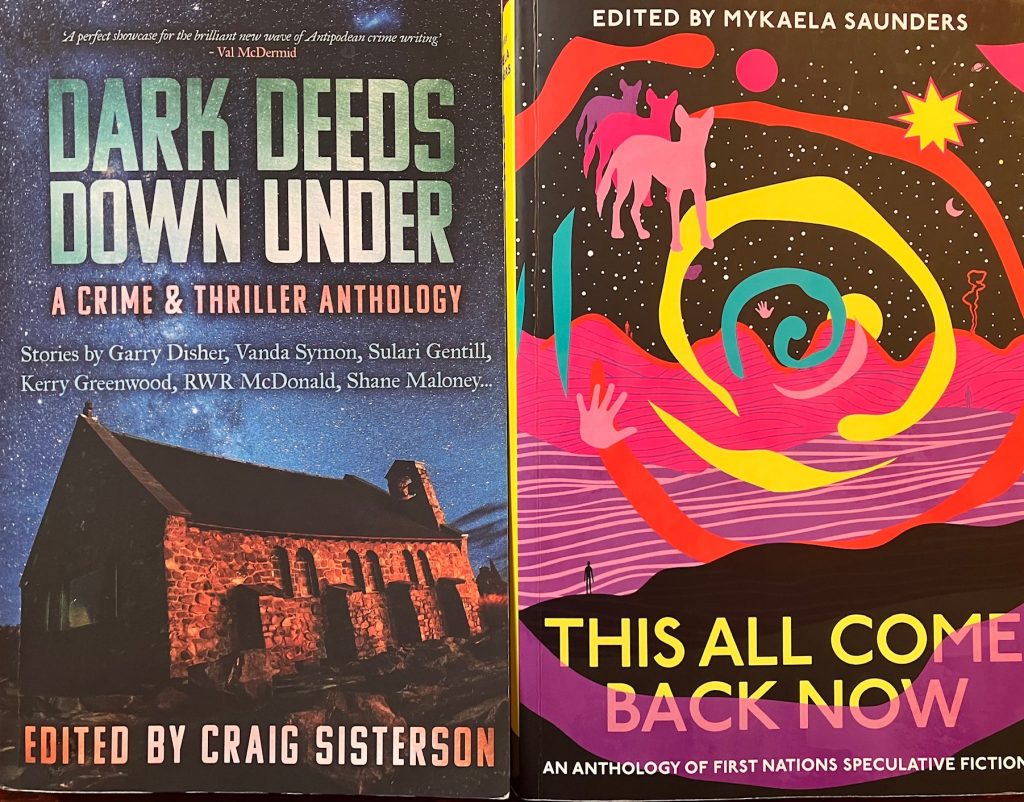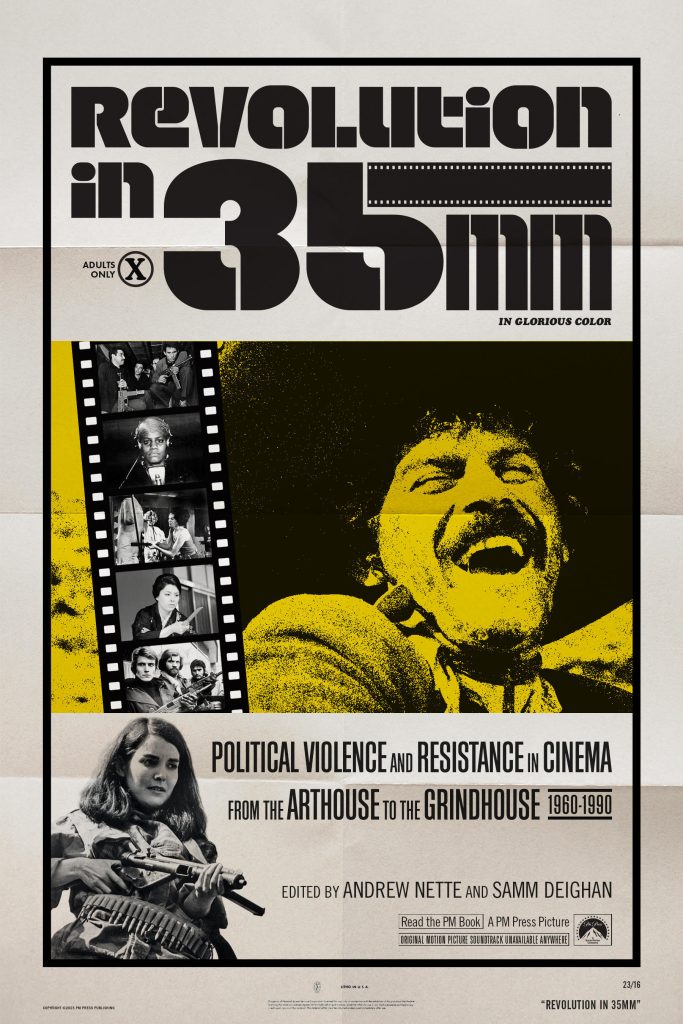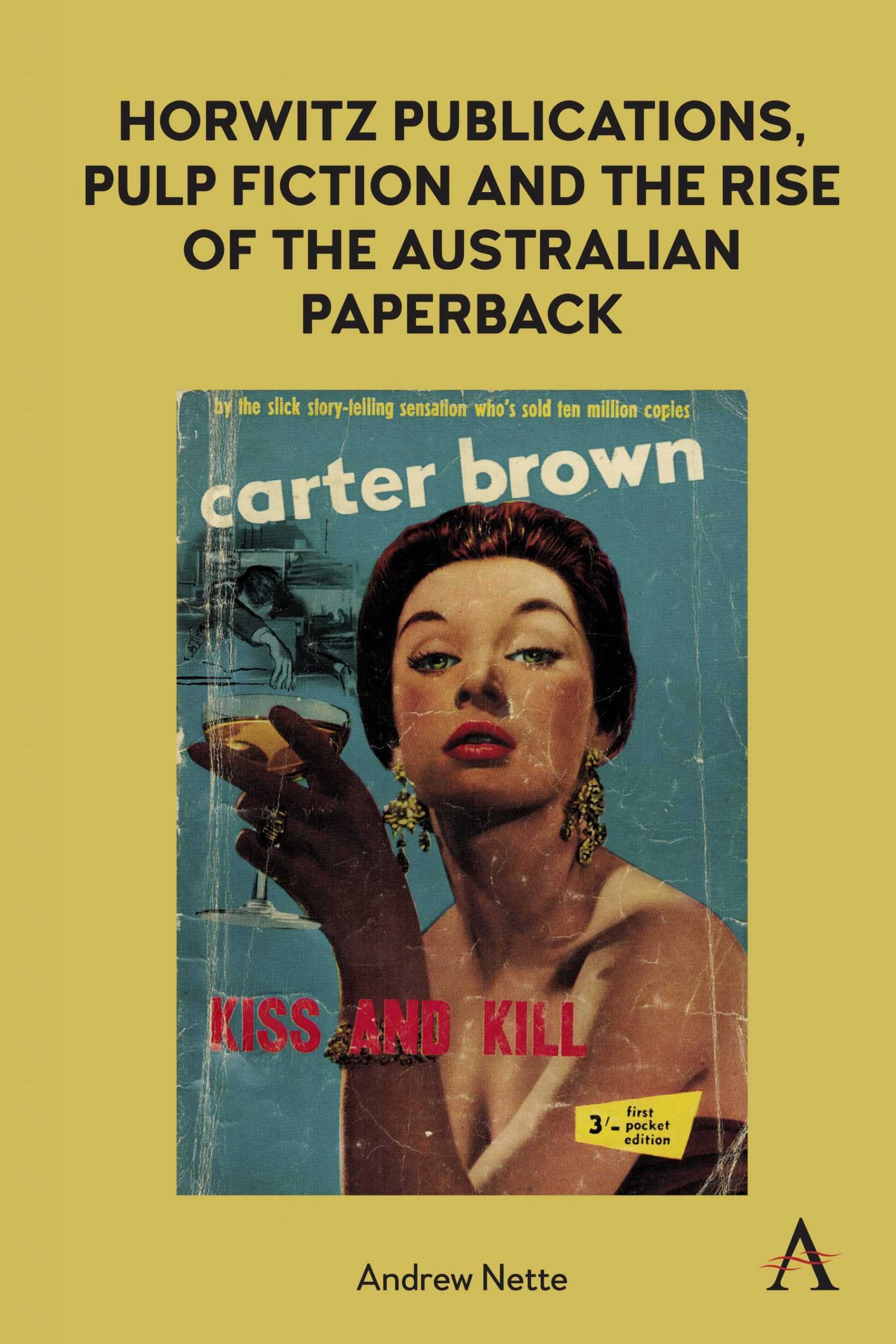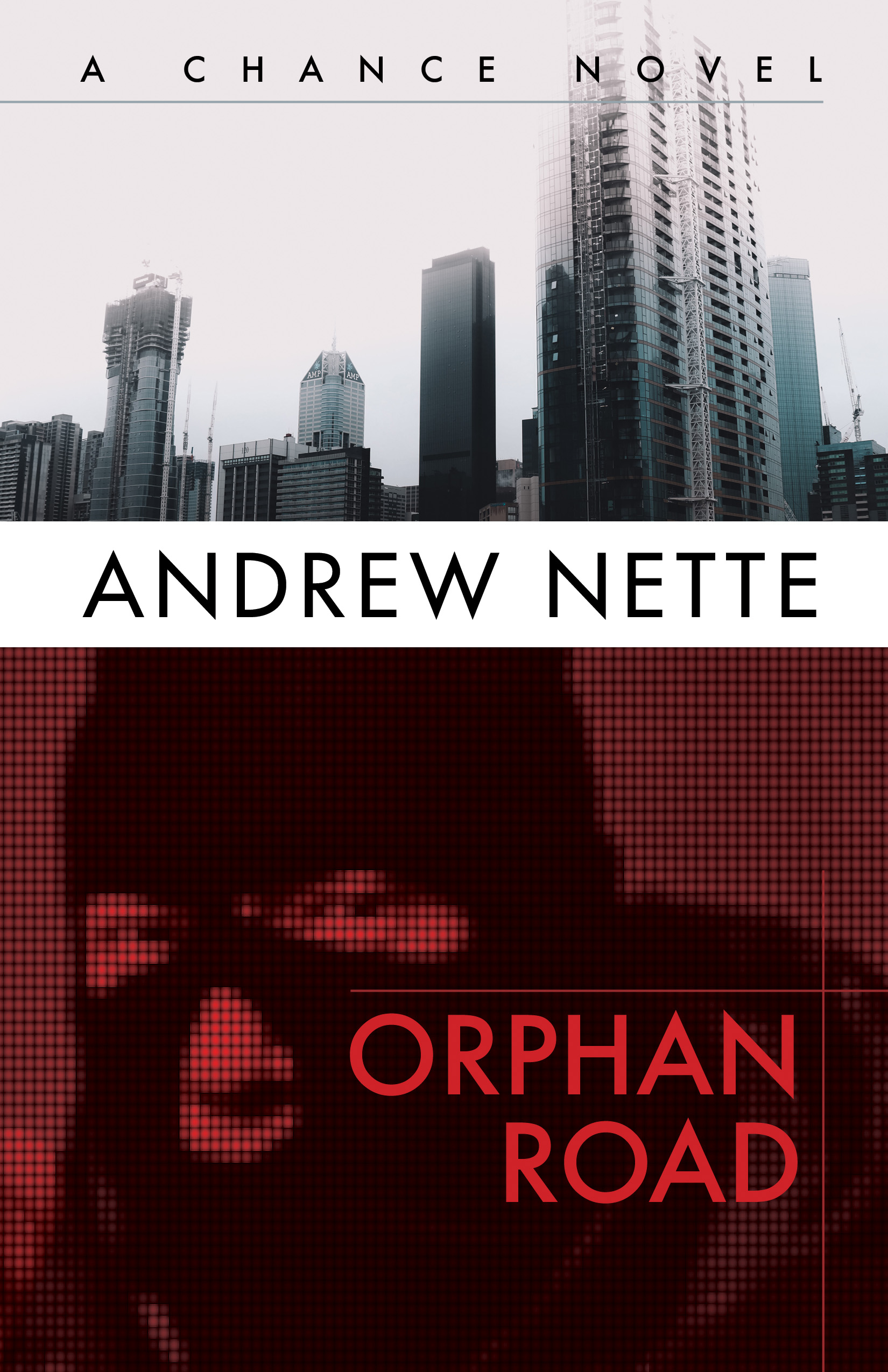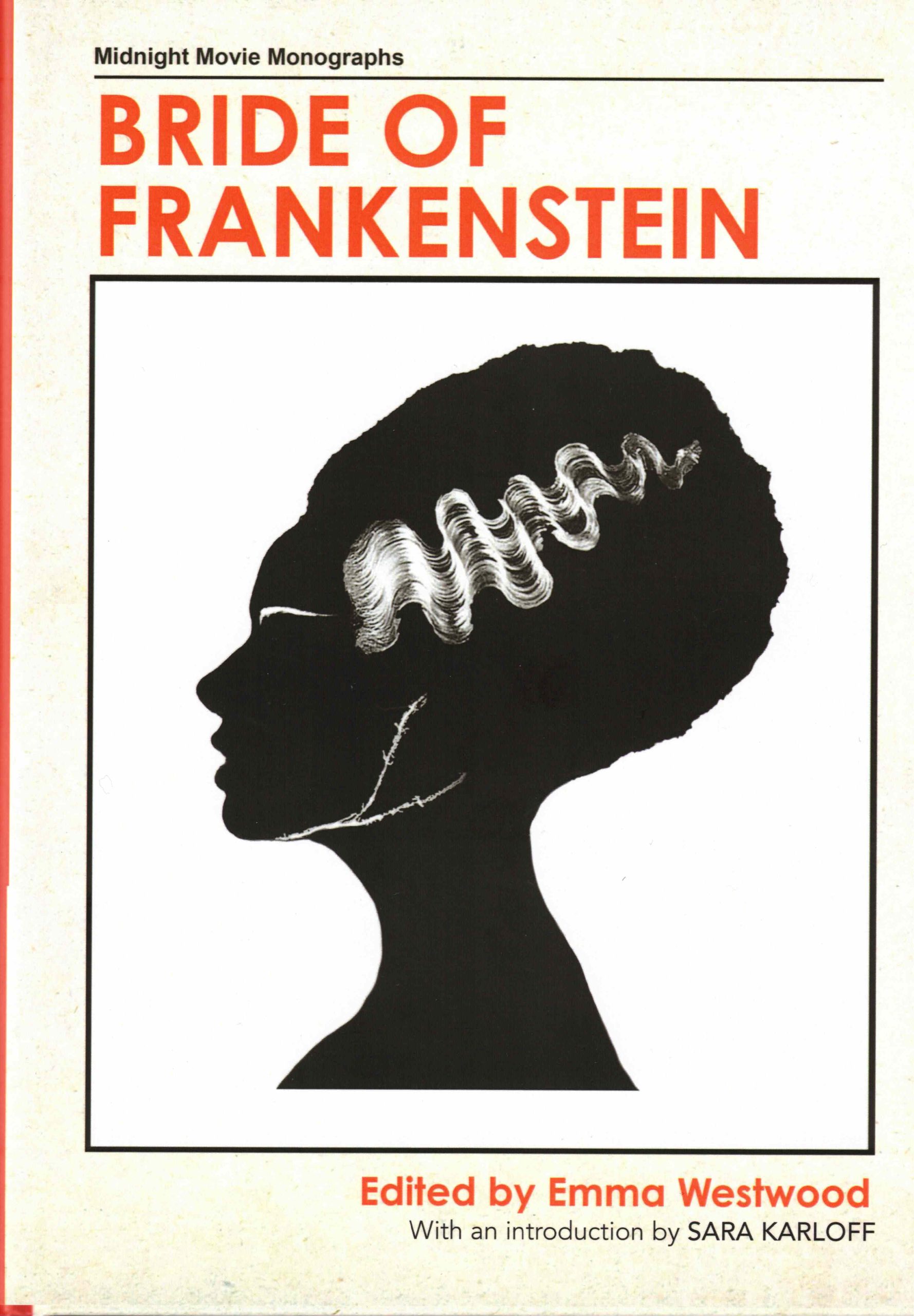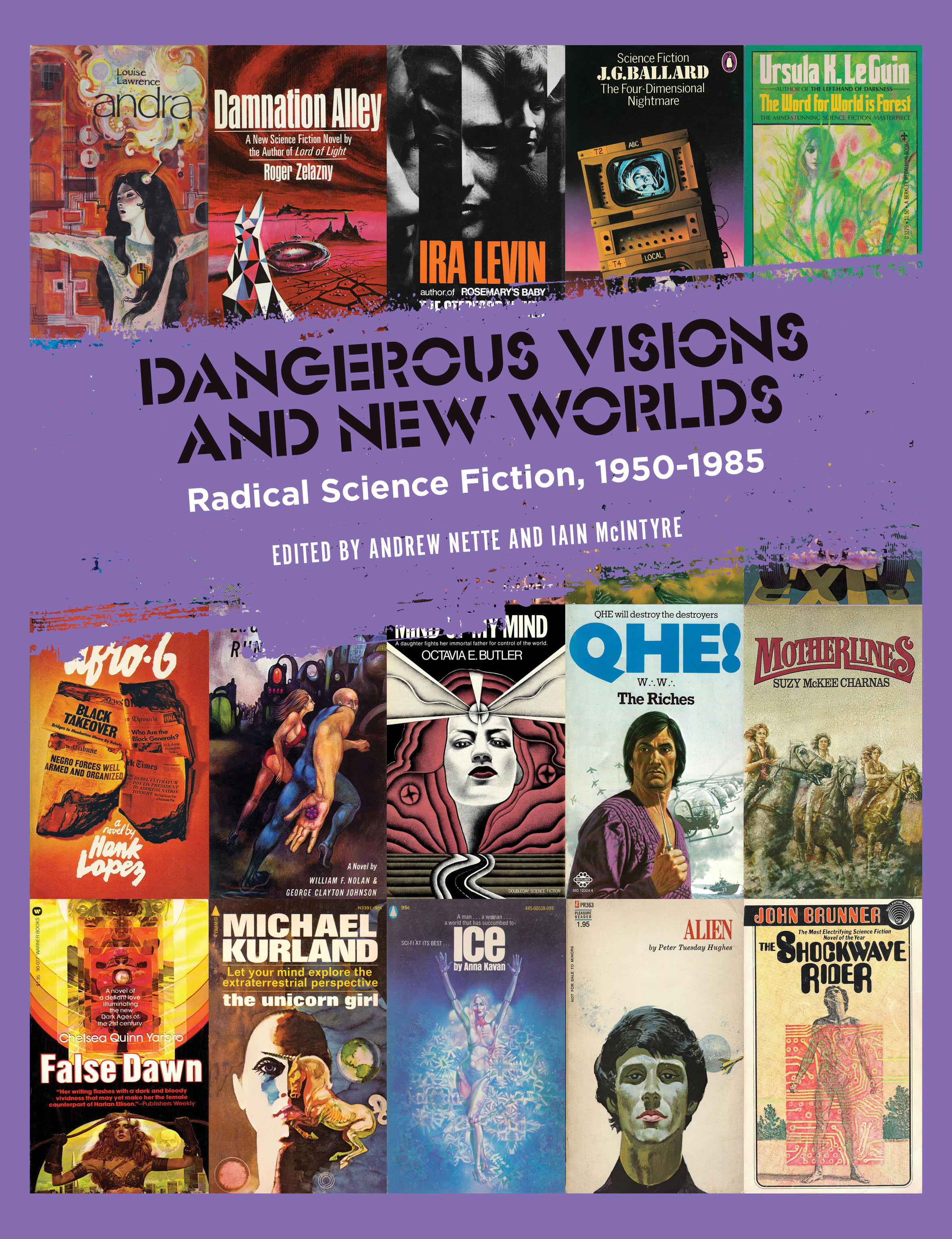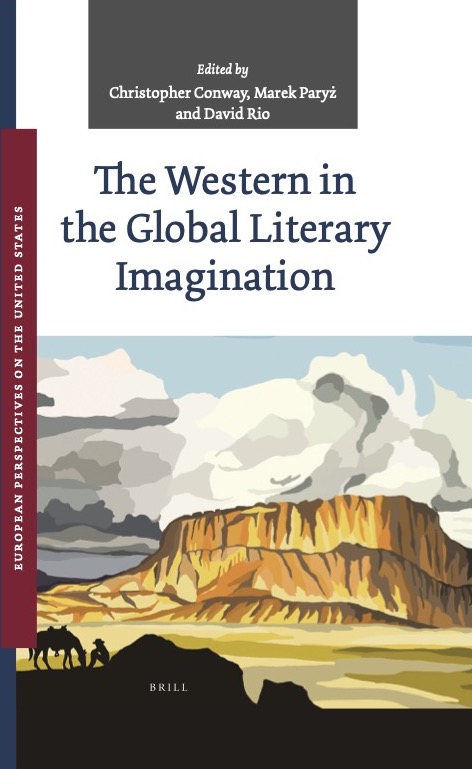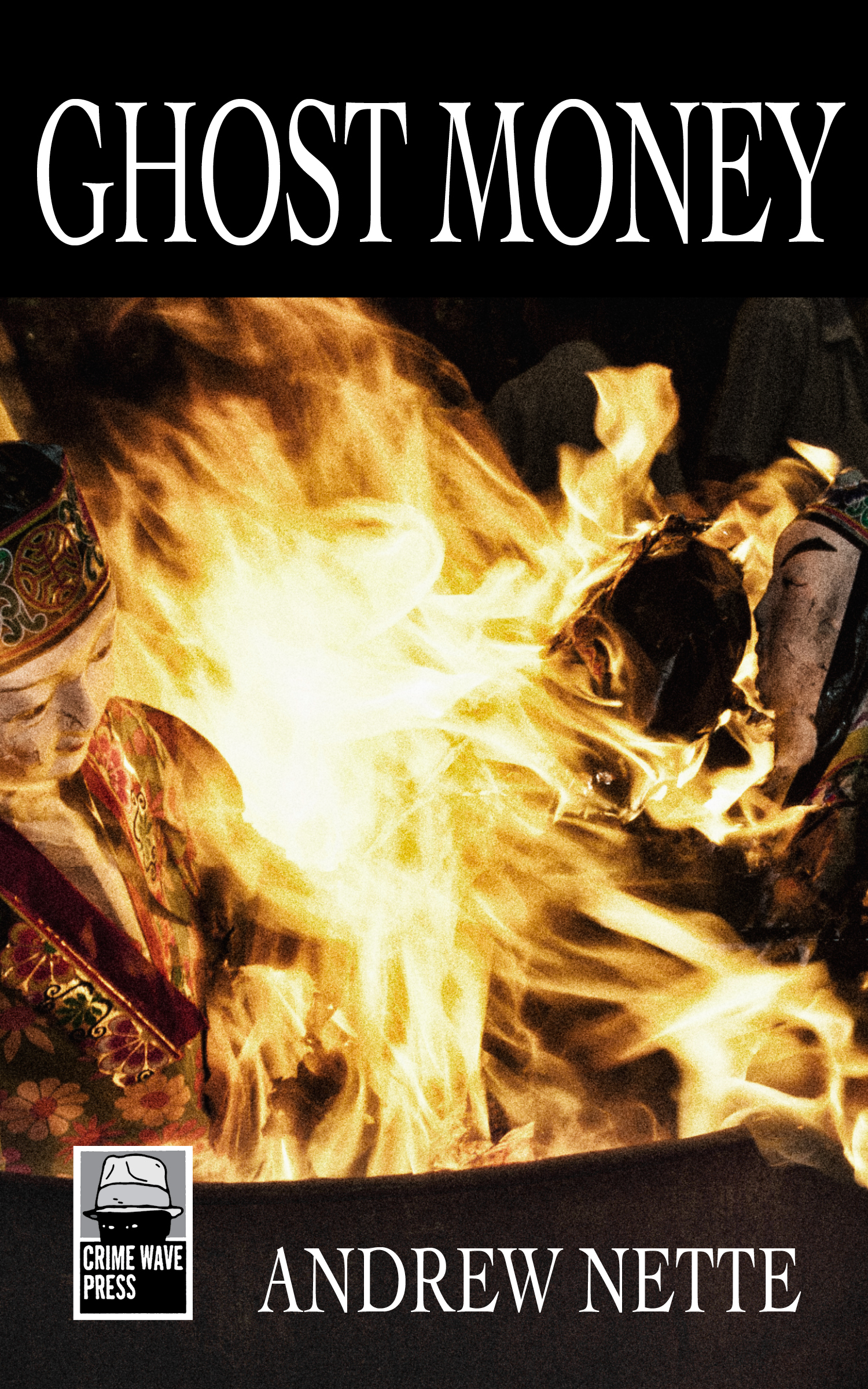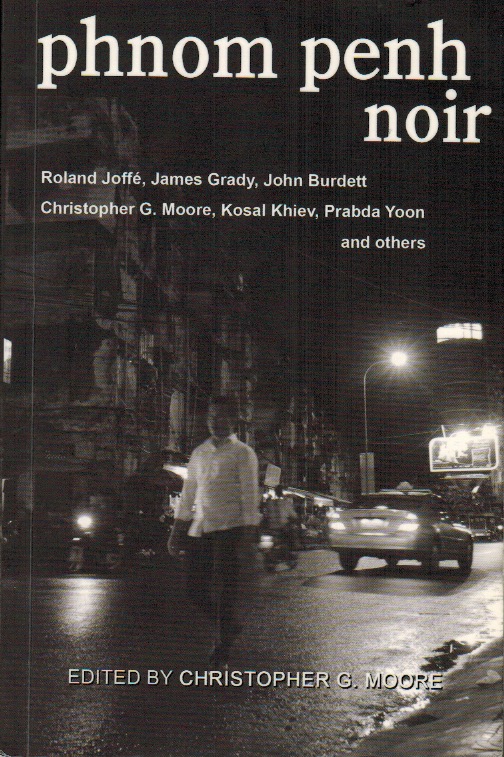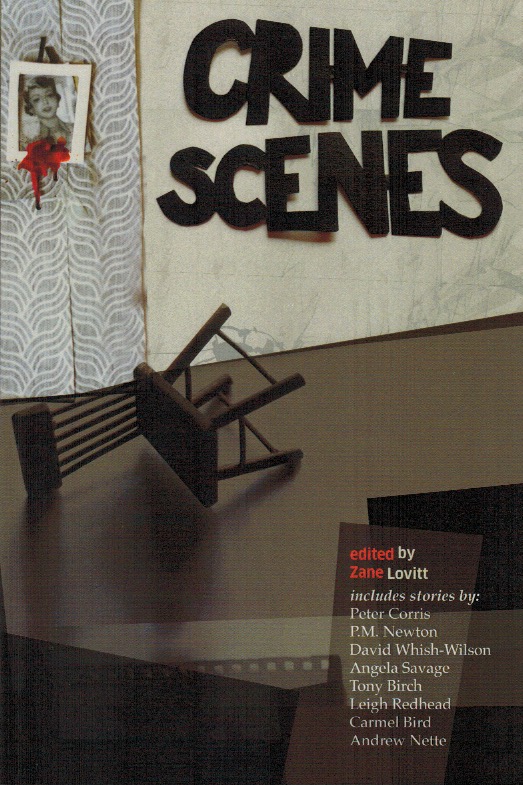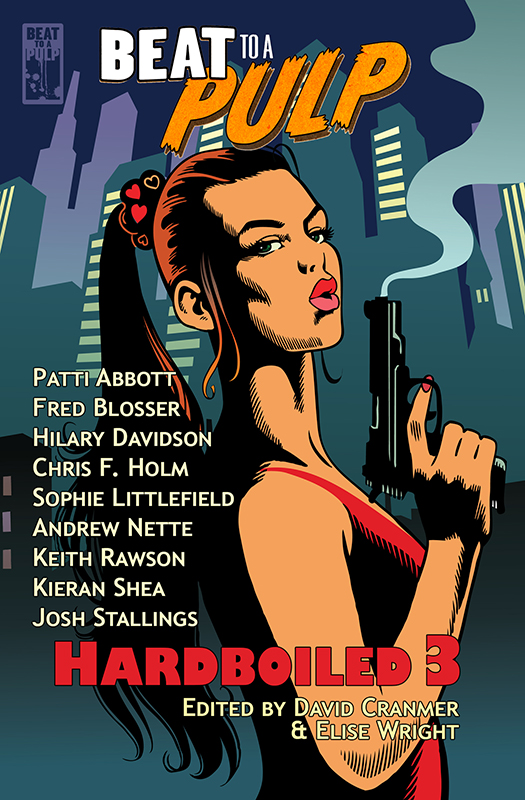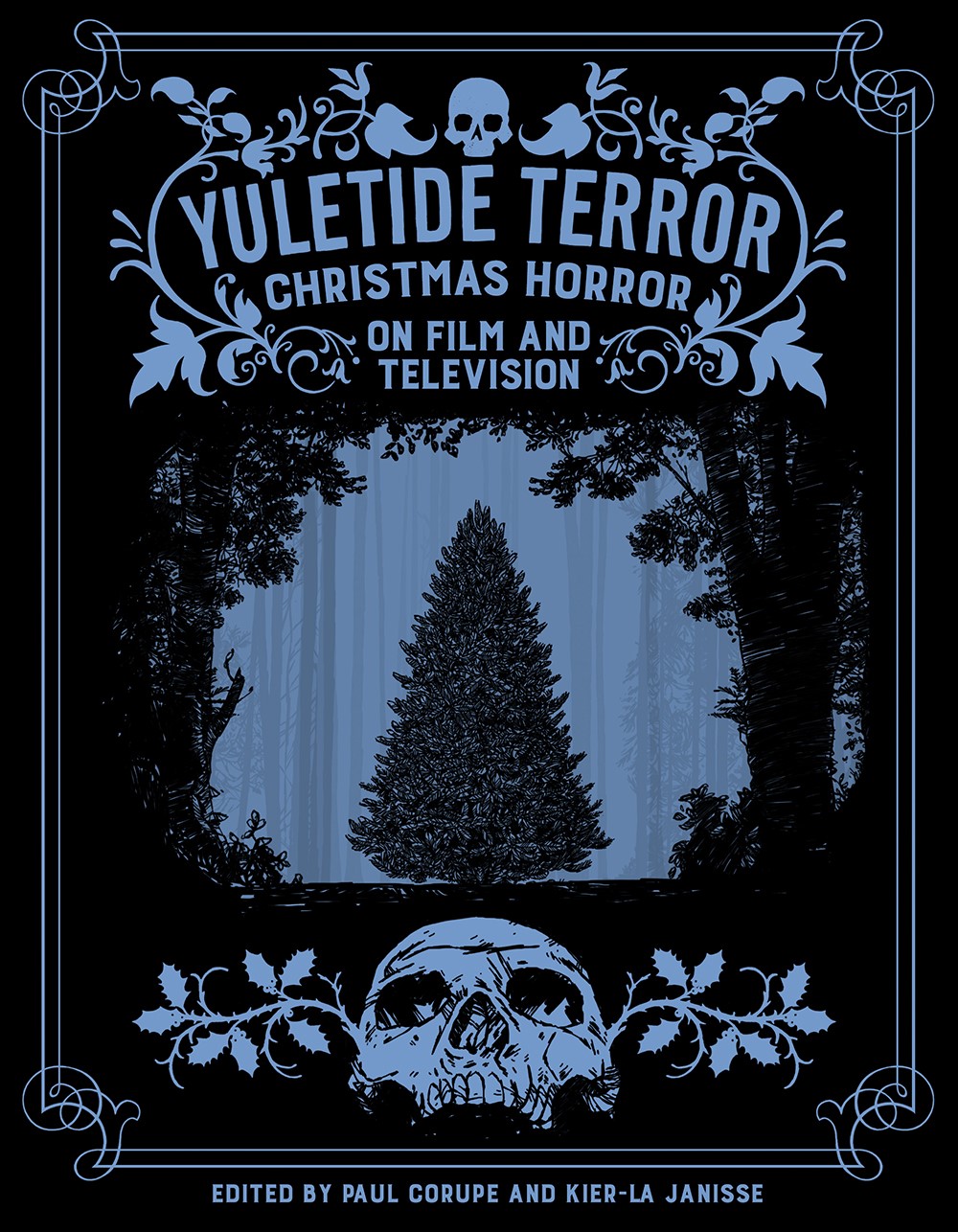Search
-
Recent Posts
- Dishing up Pulp Curry in a new way: why I am starting a Substack newsletter
- Book reviews: Deadly dames, midcentury Brit pulp and 1970s science fiction
- Mackenna’s Gold (1969): Gold, Ghosts and Frontier Violence
- Orphan Road book launch
- Orphan Road now available
- Pre-orders open for my new novel, Orphan Road
- Cover reveal: Orphan Road, my follow up to Gunshine State
- Breakfast in the Ruins podcast: New English Library Bikermania
- Why 1973 was the year Sidney Lumet took on police corruption
- Men’s Adventure Quarterly: Gang Girls issue
Categories
- 1960s American crime films
- 1970s American crime films
- 1980s American crime films
- 1990s American crime films
- Adrian McKinty
- Albert Dekker
- Andre De Toth
- Angela Savage
- Angie Dickinson
- Anthony Zerbe
- Asian noir
- Australian crime fiction
- Australian crime film
- Australian noir
- Australian popular culture
- Australian pulp fiction
- Australian television history
- Ava Gardner
- Beat culture
- Belmont Tower Books
- Ben Wheatley
- Billie Whitelaw
- Black pulp fiction
- Blaxsploitation
- Book cover design
- Book Reviews
- British crime cinema
- British pulp fiction
- Bryan Brown
- Burt Lancaster
- Carter Brown
- Charles Durning
- Charles Willeford
- Chester Himes
- Christopher G Moore
- Christopher Lee
- Cinema culture
- Claude Atkins
- Coronet Books
- Crawford Productions
- Crime Factory
- Crime Factory Publications
- Crime fiction
- Crime fiction and film from Africa
- Crime fiction and film from Cambodia
- Crime fiction and film from China
- Crime fiction and film from India
- Crime fiction and film from Indonesia
- Crime fiction and film from Japan
- Crime fiction and film from Laos
- Crime fiction and film from Latin and Central America
- Crime fiction and film from Malaysia
- Crime fiction and film from New Zealand
- Crime fiction and film from Scandinavia
- Crime fiction and film from Singapore
- Crime fiction and film from South Korea
- Crime fiction and film from Thailand
- Crime fiction and film from the Philippines
- Crime Fiction and film set in Vietnam
- Crime film
- Dangerous Visions and New Worlds Radical Science Fiction 1950 to 1985
- David Goodis
- David Peace
- David Whish-Wilson
- Derek Raymond
- Diana Dors
- Dirk Bogarde
- Don Siegel
- Don Winslow
- Donald Westlake aka Richard Stark
- Dystopian cinema
- Ernest Borgnine
- Eurocrime
- Fawcett Gold Medal Books
- Femme fatale
- Fernando Di Leo
- Filipino genre films
- Film Noir
- Forgotten Melbourne
- French cinema
- French crime fiction
- Garry Disher
- Gene Hackman
- George V Higgins
- Georges Simenon
- Ghost Money
- Giallo cinema
- Gil Brewer
- Girl Gangs, Biker Boys and Real Cool Cats: Pulp Fiction & Youth Culture, 1950-1980
- Gloria Grahame
- Gold Star Publications
- Gregory Peck
- Gunshine State
- Heist films
- Horror
- Horwitz Publications
- Humphrey Bogart
- Ian Fleming
- Interviews
- Ira Levin
- James Caan
- James Crumley
- James Ellroy
- James Hadley Chase
- James Woods
- Jim Brown
- Jim Thompson
- Joel Edgerton
- John Frankenheimer
- Joseph Losey
- Karen Black
- Kerry Greenwood
- Kinji Fukasaku
- Larry Kent
- Laura Elizabeth Woolett
- Lee Marvin
- Leigh Redhead
- Lindy Cameron
- M Emmet Walsh
- Mad Max
- Mafia
- Malla Nunn
- Martin Limon
- Megan Abbott
- Melbourne International Film Festival
- Melbourne Writers Festival
- Men's Adventure Magazines
- Michael Caine
- Michael Fassbender
- Mickey Spillane
- Monarch Books
- Ned Kelly Awards
- Neo Noir
- New English Library
- Newton Thornburg
- Noir Con
- Noir fiction
- Non-crime reviews
- Oren Moverman
- Orphan Road
- Ozsploitation
- Pan Books
- Parker
- Paul Newman
- Peter Boyle
- Peter Corris
- Peter Strickland
- Peter Yates
- Poliziotteschi
- Pulp fiction
- Pulp fiction in the 70s and 80s
- Pulp fiction set in Asia
- Pulp Friday
- Pulp paperback cover art
- Qui Xiaolong
- Raymond Chandler
- Richard Burton
- Richard Conte
- Robert Aldrich
- Robert Mitchum
- Robert Ryan
- Robert Stone
- Rock Hudson
- Roger Smith
- Rollerball
- Rosaleen Norton
- Roy Scheider
- Rural noir
- Sam Levene
- Sam Peckinpah
- Samuel Fuller
- Science fiction and fantasy
- Scripts Publications
- Sidney Lumet
- Sidney Poitier
- Simon Harvester
- Snowtown
- Snubnose Press
- Spies
- Stanley Baker
- Sterling Hayden
- Steve McQueen
- Sticking it the the Man Revolution and Counter Culture in Pulp and Popular Fiction 1950 1980
- Stuart Rosenberg
- Tandem Books
- Tart noir
- Tartan Noir
- Ted Lewis
- Toni Johnson Woods
- True crime
- Vicki Hendricks
- Victor Mature
- Vintage mug shots
- Vintage pulp paperback covers
- Wallace Stroby
- War film
- Westerns
- William Friedkin
- Woody Strode
- Yakuza films
- Yaphet Kotto
Nothing but noir
Recommended reading
The lurid world of pulp
- 20th century Danny Boy
- American Pulps
- Bear Alley
- Bloody, Spicy, Books
- Comics Down Under
- Everything second hand
- Existential Ennui
- Greenleaf Classic Books
- Irv O. Neil's Erotica is My Trade
- Killer Covers
- Lost Classics of Teen Lit 1939-1989
- Luminist Archives
- Men's Pulp Mags
- Mporcius Fiction Log
- Murder, Mayhem and Long Dogs
- Neglected Books
- Nocturnal Revelries
- Paperback Warrior
- Paperbacks of the Gods
- Pop Sensation
- Pulp artists
- Pulp Covers
- Pulp Crazy
- Pulp Flakes
- Pulp International
- Pulp Magazines Project
- Pulp Serenade
- Realms of the Night
- Romance Fiction Has a History
- Rough Edges
- Sin Street Sleaze
- Spy Guys and Gals
- The department of Afro American Research Arts & Culture
- The Dusty Bookcase
- The Haunted World of Richard Sala
- The Moon Lens
- The Nick Carter & Carter Brown Blog
- The Pulp & Paperback Fiction Reader
- Too Much Horror Fiction
- True Pulp Fiction
- Vault of Horror
- Vintage Nurse Romance Novels
- Vintage Romance Novels
- Welcome to the Pan Paperback
- Yellow and Creased
Support This Site
If you like what I do please support me on Ko-fi
Category Archives: Black pulp fiction
Dishing up Pulp Curry in a new way: why I am starting a Substack newsletter

After much thought I have decided that to experiment with moving the focus of my blogging from this site to a new Pulp Curry Substack newsletter.
Why am I doing this?
The first post on this website appeared on July 2010 (about the incredibly underrated 1979 Australian heist film, Money Movers – you can read the post here). I’ve been writing on the site with varying frequency ever since (579 posts in all), and for the most part have enjoyed it immensely.
But for the last 12 or so months I just haven’t been feeling it – or getting the hits to make it seem worthwhile – and have started to wonder whether it’s worth continuing with the effort. Posting on a website has been starting to feel like the equivalent of trying to read a broadsheet newspaper in a crowded tram carriage, unwieldy and inconvenient.
And, thinking about it, I suspect the blog format is starting to get a bit stale for me and is actually now a brake on my posting more regularly.
I know that I’m no Robinson Crusoe in this regard. The majority of the blogs I used to follow have gradually fallen by the wayside, as people have moved on, grown weary of the effort, found other interests, adopted other means to get their message out, or, in some cases (gulp), died.… Read more
Posted in 1960s American crime films, 1970s American crime films, 1980s American crime films, 1990s American crime films, Adrian McKinty, Albert Dekker, Andre De Toth, Angela Savage, Angie Dickinson, Anthony Zerbe, Asian noir, Australian crime fiction, Australian crime film, Australian noir, Australian popular culture, Australian pulp fiction, Australian television history, Ava Gardner, Beat culture, Belmont Tower Books, Ben Wheatley, Billie Whitelaw, Black pulp fiction, Blaxsploitation, Book cover design, Book Reviews, British crime cinema, British pulp fiction, Bryan Brown, Burt Lancaster, Carter Brown, Charles Durning, Charles Willeford, Chester Himes, Christopher G Moore, Christopher Lee, Cinema culture, Claude Atkins, Coronet Books, Crawford Productions, Crime Factory, Crime Factory Publications, Crime fiction, Crime fiction and film from Africa, Crime fiction and film from Cambodia, Crime fiction and film from China, Crime fiction and film from India, Crime fiction and film from Indonesia, Crime fiction and film from Japan, Crime fiction and film from Laos, Crime fiction and film from Latin and Central America, Crime fiction and film from Malaysia, Crime fiction and film from New Zealand, Crime fiction and film from Scandinavia, Crime fiction and film from Singapore, Crime fiction and film from South Korea, Crime fiction and film from Thailand, Crime fiction and film from the Philippines, Crime Fiction and film set in Vietnam, Crime film, Dangerous Visions and New Worlds Radical Science Fiction 1950 to 1985, David Goodis, David Peace, David Whish-Wilson, Derek Raymond, Diana Dors, Dirk Bogarde, Don Siegel, Don Winslow, Donald Westlake aka Richard Stark, Dystopian cinema, Ernest Borgnine, Eurocrime, Fawcett Gold Medal Books, Femme fatale, Fernando Di Leo, Filipino genre films, Film Noir, Forgotten Melbourne, French cinema, French crime fiction, Garry Disher, Gene Hackman, George V Higgins, Georges Simenon, Ghost Money, Giallo cinema, Gil Brewer, Girl Gangs, Biker Boys and Real Cool Cats: Pulp Fiction & Youth Culture, 1950-1980, Gloria Grahame, Gold Star Publications, Gregory Peck, Gunshine State, Heist films, Horror, Horwitz Publications, Humphrey Bogart, Ian Fleming, Interviews, Ira Levin, James Caan, James Crumley, James Ellroy, James Hadley Chase, James Woods, Jim Brown, Jim Thompson, Joel Edgerton, John Frankenheimer, Joseph Losey, Karen Black, Kerry Greenwood, Kinji Fukasaku, Larry Kent, Lee Marvin, Leigh Redhead, Lindy Cameron, M Emmet Walsh, Mad Max, Mafia, Malla Nunn, Martin Limon, Megan Abbott, Melbourne International Film Festival, Melbourne Writers Festival, Men's Adventure Magazines, Michael Caine, Michael Fassbender, Mickey Spillane, Monarch Books, Ned Kelly Awards, Neo Noir, New English Library, Newton Thornburg, Noir Con, Noir fiction, Non-crime reviews, Oren Moverman, Orphan Road, Ozsploitation, Pan Books, Parker, Paul Newman, Peter Boyle, Peter Strickland, Peter Yates, Poliziotteschi, Pulp fiction, Pulp fiction in the 70s and 80s, Pulp fiction set in Asia, Pulp Friday, Pulp paperback cover art, Qui Xiaolong, Raymond Chandler, Richard Burton, Richard Conte, Robert Aldrich, Robert Mitchum, Robert Ryan, Robert Stone, Rock Hudson, Roger Smith, Rollerball, Rosaleen Norton, Roy Scheider, Rural noir, Sam Levene, Sam Peckinpah, Samuel Fuller, Science fiction and fantasy, Scripts Publications, Sidney Lumet, Sidney Poitier, Simon Harvester, Snowtown, Snubnose Press, Spies, Stanley Baker, Sterling Hayden, Steve McQueen, Sticking it the the Man Revolution and Counter Culture in Pulp and Popular Fiction 1950 1980, Stuart Rosenberg, Tandem Books, Tart noir, Tartan Noir, Ted Lewis, Toni Johnson Woods, True crime, Vicki Hendricks, Victor Mature, Vintage mug shots, Vintage pulp paperback covers, Wallace Stroby, War film, Westerns, William Friedkin, Woody Strode, Yakuza films, Yaphet Kotto
Book Review: Australian crime anthology and First Nations science fiction
Is it just me or is there definitely a renewed local interest in short story collections? There seems to be a few more of them being published than is normally the case and I am particularly interested in two that have come across my radar: Dark Deeds Down Under, an anthology of crime fiction edited by Craig Sisterson and This All Come Back Now, a new anthology of first nations speculative fiction, edited by Mykaela Saunders.
First up, Dark Deeds Down Under. The interesting selling point of this book is that it contains 19 crime fiction stories from Australian and New Zealand authors, some well-known, others not so much. As is the case with every anthology not every tale did it for me but there were far more hits than misses, which is unusual. I just want to briefly note the highlights in the collection for me.
Aoife Clifford’s ‘Summer of the Seventeenth Poll’ felt very much in the spirit of TV shows such as In the Thick of It, in its depiction of a political spinner who job sees them stumble across a murder, and the story has a real sting in the tail. No surprises that ‘The Cook’ by possibly my favourite Australian crime writer, David Whish-Wilson, was a terrific yarn about an ex-con speed cook and the troubled relationship he has with his son.… Read more
Posted in Australian crime fiction, Australian noir, Black pulp fiction, Book Reviews, Crime fiction, David Whish-Wilson, Garry Disher, Horror, Science fiction and fantasy
Tagged Aoife Clifford, Archie Weller, Clandestine Press, Craig Sisterson, Dark Deeds Down Under, David Whish-Wilson, Garry Disher, Lisa Fuller, Mykaela Saunders, Nikki Crutchley, Samuel William Watson, Stephen Ross, This All Come Back Now
Dangerous Visions and New Worlds: Radical Science Fiction 1950-1985 Kickstarter
I have written on this site before about the upcoming book I have coedited, Dangerous Visions and New Worlds: Radical Science Fiction 1950-1985, due for release in the US in October. For the next month of so leading up to this, the publisher, PM Press are running a pre-sale campaign for Dangerous Visions and New Worlds via Kickstarter. Other than allowing people to be the first to get their hands on the book this features various offers, including some great book packs and bonuses, even sci-fi pulp themed underpants! Due to US Postal Services rates being so high the Australians among you may want to wait until our Melbourne launch (date and venue TBC) or place an order via your local bookshop. More details when I have them.
You can check out the Kickstarter campaign and the various offers as part of it at the link here.… Read more
Posted in Black pulp fiction, Book cover design, Dangerous Visions and New Worlds Radical Science Fiction 1950 to 1985, Dystopian cinema, Girl Gangs, Biker Boys and Real Cool Cats: Pulp Fiction & Youth Culture, 1950-1980, Pulp fiction, Pulp fiction in the 70s and 80s, Pulp paperback cover art, Science fiction and fantasy, Sticking it the the Man Revolution and Counter Culture in Pulp and Popular Fiction 1950 1980
Tagged Dangerous Visions, Dangerous Visions and New Worlds Radical Science Fiction 1950 to 1980, Kickstarter, New Worlds, radical science fiction, science fiction
M and my top 10 reads for 2019
 It is no exaggeration to say I have been eagerly anticipating Samm Deighan’s monograph of Fritz Lang’s 1931 film. I love the film and I am a big fan of Deighan’s movie writing, so the combination is bound not to disappoint. And it didn’t.
It is no exaggeration to say I have been eagerly anticipating Samm Deighan’s monograph of Fritz Lang’s 1931 film. I love the film and I am a big fan of Deighan’s movie writing, so the combination is bound not to disappoint. And it didn’t.
As Deighan puts it in her introduction, M ‘exists in a liminal space between urban social drama, crime thriller, and horror film’. It was arguably the first serial killer film, long before the FBI coined the term in the early 1970s. Anchored by a superb performance by Peter Lorre as the paedophiliac child killer, Hans Beckert, it was certainly the first motion picture in which a serial killer was the central protagonist. Another crucial innovation was the way in which Lang depicted the character of Beckert in a not entirely unsympathetic light. This same sensibility would have a influence on some subsequent serial killer cinema, most notably in Alfred Hitchcock’s 1960 horror/thriller, Psycho.
Deighan discusses M’s broader social and political themes, including the film as a critique of modernity and a text for Germany on the brink of totalitarian control, appearing as it did a year before the Nazi’s assumed power and Lang had to flee the country.
Another fascinating aspect of the book is the discussion of how the themes in M would echo in Lang’s subsequent work, particular the threat of the lawless mob violence and what is perhaps the director’s most defining idea, how even the most noble individual is capable of brutal murderous thoughts and actions.… Read more
Posted in 1960s American crime films, Australian crime fiction, Australian noir, Black pulp fiction, Crime fiction and film from Latin and Central America, David Whish-Wilson, Dystopian cinema, Film Noir, Horror, Neo Noir, Noir fiction, Non-crime reviews, Pulp fiction, Pulp fiction in the 70s and 80s, Pulp paperback cover art, Rollerball, Science fiction and fantasy
Tagged Alfred Hitchcock, alse Dawn, Angela Nagle, Chelsea Quinn Yarbro, David Whish-Wilson, Fitz Lang, Hannelore Cayre, Holloway House, Ira Levin, Jean-Patrick Manchette, Jeff Sparrow, Kill all Normies, Kinohi Nishkawa, Lawrence Osborne, M (1931), Nada, Nick Riddle, Only to Sleep, Peter Lorre, Psycho (1960), Rosemary’s Baby, Samm Deighan, Serial killer films, Street Players: Black Pulp Fiction and the Making of a Literary Undergound, The Damned (1963), The Godmother, Trigger Warning: Political Correctness and the Rise of the Right., True West
Blowback: late 1960s and 1970s pulp and popular fiction about the Vietnam War
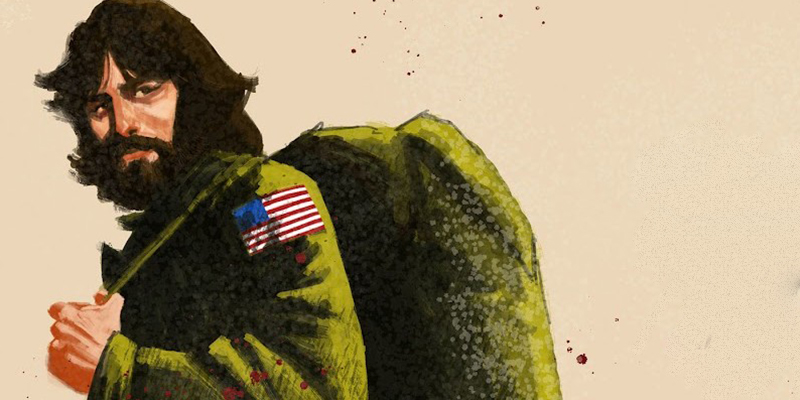 If you are still on the fence about purchasing a copy of my new book, Sticking it to the Man: Revolution and the Counterculture in Pulp and Popular Fiction, 1950 to 1980, the site CrimeReads is running a couple of extracts from the book. The first is my piece, ‘Blowback: late 1960s and 1970s pulp and popular fiction about the Vietnam War’.
If you are still on the fence about purchasing a copy of my new book, Sticking it to the Man: Revolution and the Counterculture in Pulp and Popular Fiction, 1950 to 1980, the site CrimeReads is running a couple of extracts from the book. The first is my piece, ‘Blowback: late 1960s and 1970s pulp and popular fiction about the Vietnam War’.
The conflict in Vietnam cast a long shadow over pulp and popular fiction in the late 1960s and the 1970s. Vietnam veterans were hunted by small town redneck police in David Morrell’s 1972 novel, First Blood, dealt drugs in Vern E Smith’s The Jones Men, and staged an abortive bank heist in Dog Day Afternoon, both published in 1974. In the Lone Wolf series ex-New York cop and Vietnam veteran, Burt Wulff mounted a fourteen-book battle from 1973 to 1975 against the drug dealing criminal organisation, ‘The Network’, in which he treated the streets of America’s major cities as an extension of jungles of Southeast Asia. Vietnam was the training ground for many of the characters that populated men’s adventure and crime pulp in the 1970s. More broadly, Vietnam’s traumatic impact on American society would become a cypher through which pulp and popular fiction name checked cultural fragmentation, growing disillusionment with the American dream, dishonest and unaccountable government and corporations, and the power of the military industrial complex.… Read more
Posted in 1970s American crime films, 1980s American crime films, Asian noir, Australian crime fiction, Australian noir, Belmont Tower Books, Black pulp fiction, Blaxsploitation, Book cover design, Crime Fiction and film set in Vietnam, Crime film, Pulp fiction in the 70s and 80s, Pulp fiction set in Asia, Pulp paperback cover art, Robert Stone, Sticking it the the Man Revolution and Counter Culture in Pulp and Popular Fiction 1950 1980
Tagged CrimeReads, David Morrell, Dog Day Afternoon, First Blood (1972), Pulp and popular fiction about Vietnam, Pulp fiction in Asia, Sticking it to the Man: Revolution and the Counterculture in Pulp and Popular Fiction 1950 to 1980, Vietnam War

